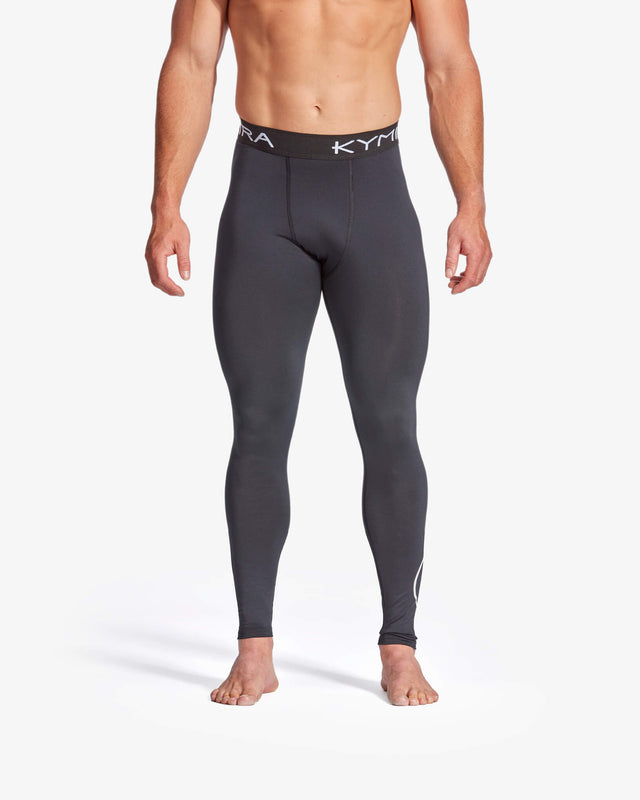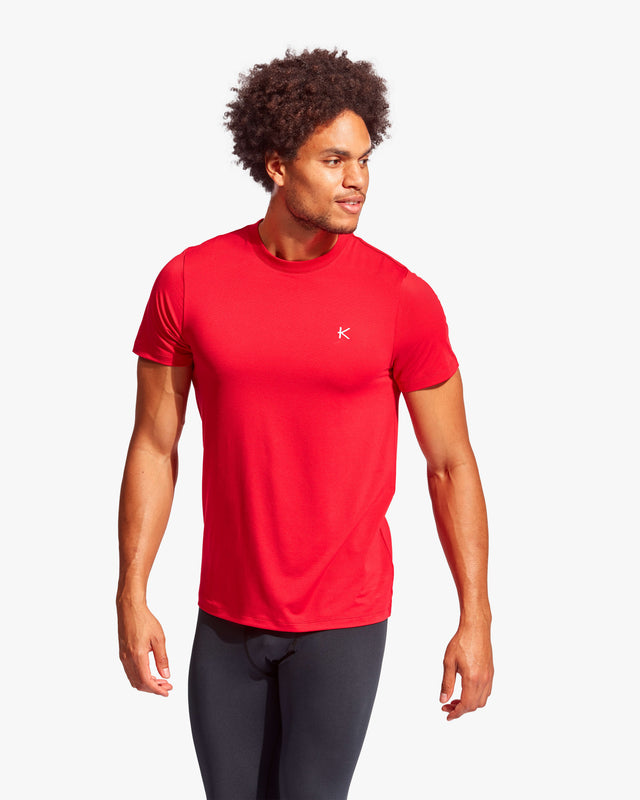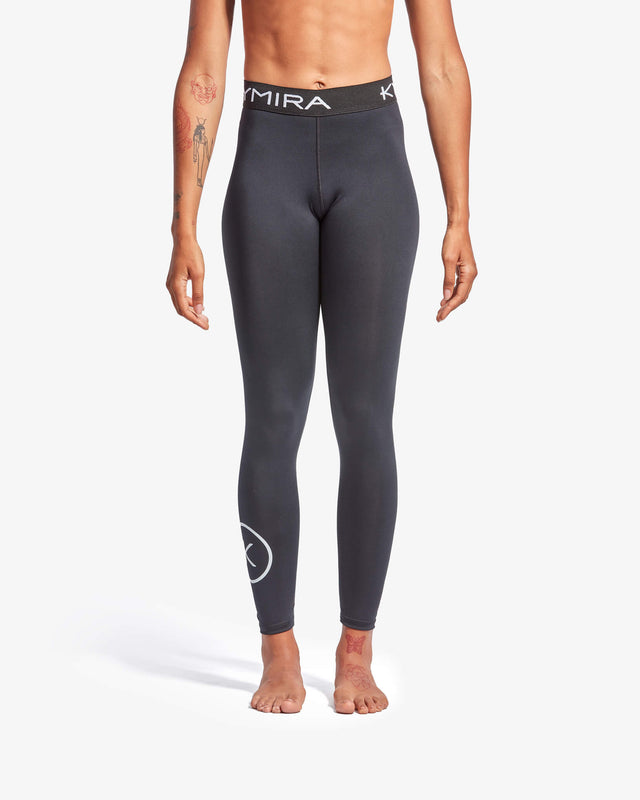Infrared vs Compression Recovery Wear - Which is Better for Recovery?

In the demanding world of athletic training and competition, recovery isn't just downtime. It's a critical edge that separates elite performers from the rest, and maximising the impact of recovery will help improve performances and lower susceptibility to injury.
With athletes losing significant performance potential due to inadequate post-exercise restoration, enhancing recovery becomes less of a want and more of a need.
Traditionally, many athletes have opted for compression wear because there was a lack of any better alternative. Recent breakthroughs in the infrared technology world have led to a new generation of recovery products, improving recovery rates without any of the downsides.
Here we’re going to look at infrared vs compression recovery wear to see which is better for recovery.
How Compression Garments Work
Compression garments are designed to apply graduated pressure (typically 15-30 mmHg) to blood vessels and muscles.
The idea is that this promotes venous return, reducing oedema, and aiding lactate clearance during and after exercise. It’s used mostly for lower limb recovery after endurance sports such as running or cycling.
Many wearers complain that compression garments are uncomfortable because of how tight they are, and they restrict movements. They’re not ideal for all-day wear.
How Infrared Garments Work
Infrared fabric contains embedded bio-ceramic particles that convert body heat and environmental light into far-infrared (FIR) rays. These penetrate around 1.5 inches into the skin, stimulating vasodilation. This boosts circulation, tissue oxygenation and accelerates ATP production.
This multi-pronged approach enables a more rounded recovery, without the restrictions and uncomfortable nature of compressive wear.
Infrared garments can be worn for hours, even overnight.
What Does the Research Say?
This is where the divide becomes clear. The research around compression is inconclusive, whereas the research around infrared shows a clear benefit.
A 2021 meta review titled ‘Putting the Squeeze on Compression Garments: Current Evidence and Recommendations for Future Research: A Systematic Scoping Review’ concluded…
‘It is unlikely that compression garments meaningfully change metabolic responses, blood pressure, heart rate, and cardiorespiratory measures.’
For infrared, there’s both a recovery and a performance benefit.
Research by Notre Dame University from 2025 titled ‘A Preliminary Investigation
of the Efficacy of Far-Infrared-Emitting Garments in Enhancing Objective and
Subjective Recovery Following Resistance Exercise’ drew the following conclusion…
‘FIR garments enhance neuromuscular recovery and subjective recovery perceptions following resistance exercise, likely by improving the peripheral blood flow, metabolic clearance, and tissue oxygenation.
These findings suggest that FIR garments may be effective in enhancing both neuromuscular and perceived recovery following resistance exercise, supporting their potential use as a post-exercise recovery tool.’
Head-to-Head Benefits of Compression and Infrared
Whilst the research isn’t strong on compression, some users report that it helps them, and the study literature does reveal that the venous return and oedema control elements have benefits. Whilst infrared benefits both the recovery and performance of the athlete.
There are several studies that show a reduction in delayed onset muscle soreness (DOMS) after wearing infrared garments, as well as a faster return to peak performance following exercise.
A study assessing the impact of infrared, recovery and performance titled A
Preliminary Investigation of the Efficacy of Far-Infrared-Emitting Garments in
Enhancing Objective and Subjective Recovery Following Resistance Exercise
was conducted in 2025. The researchers concluded…
‘The FIR (Far Infrared) garments led to significant improvements in neuromuscular recovery, with greater increases in the jump height, take-off velocity, and mRSI observed at 48 h post-exercise’.
To an athlete, this shows how well-rounded infrared is, because it doesn’t just reduce the time taken to remove exercise by-products, it also gets you back to a competition-ready state faster. For athletes competing in tournaments with short breaks between competition, this is hugely impactful.
When it comes to Recovery, Infrared Wins
Compression might work as a mechanical aid, but it falls short on comfort and depth. Infrared, as in KYMIRA gear, delivers passive, science-proven superiority for faster and fuller recovery across several metrics.
To view the impact KYMIRA has on elite sport, take a look at our information page here.


